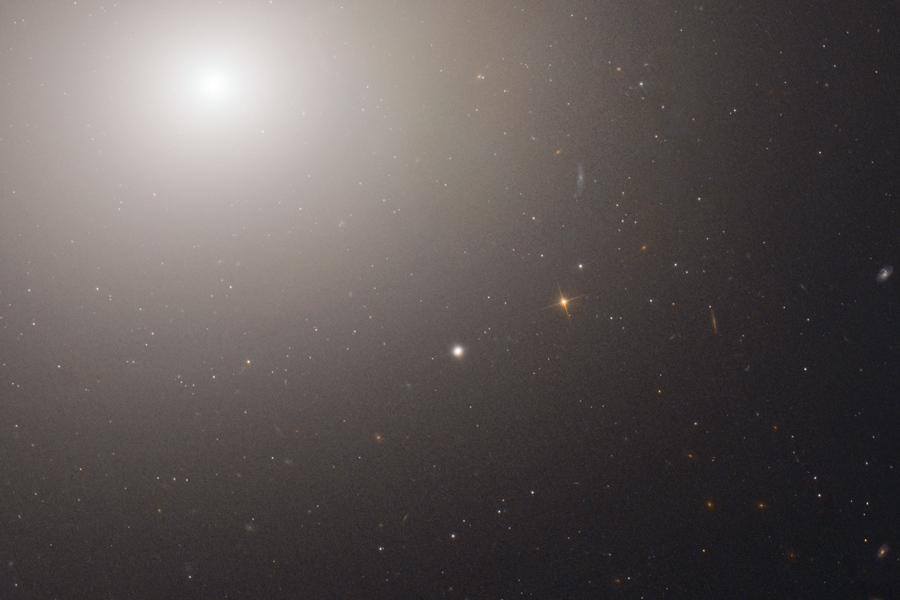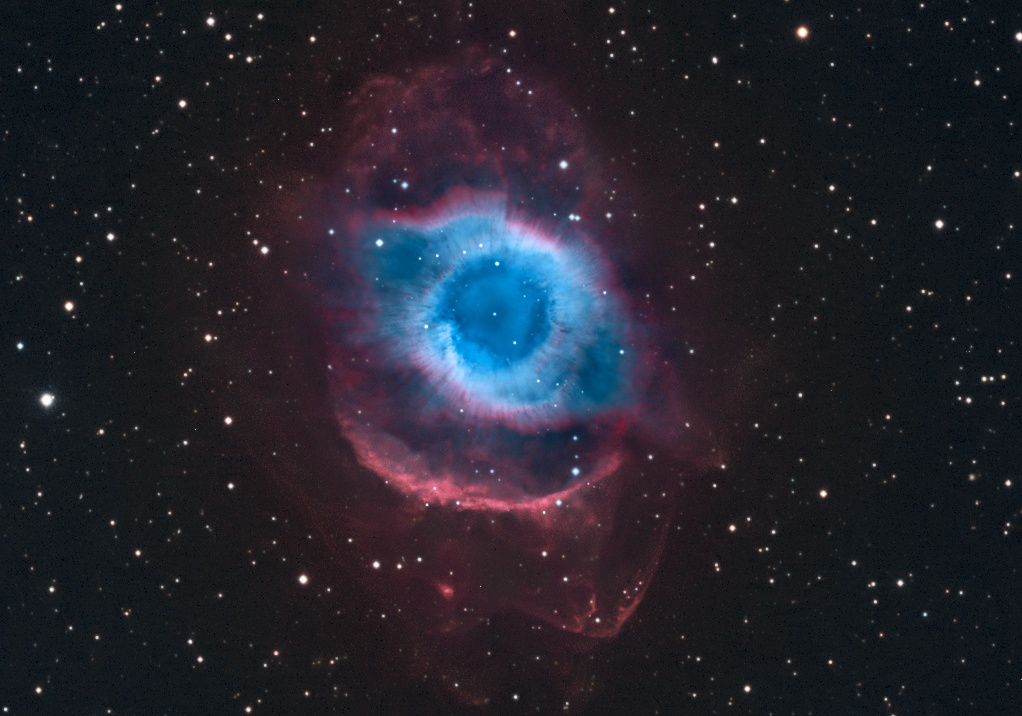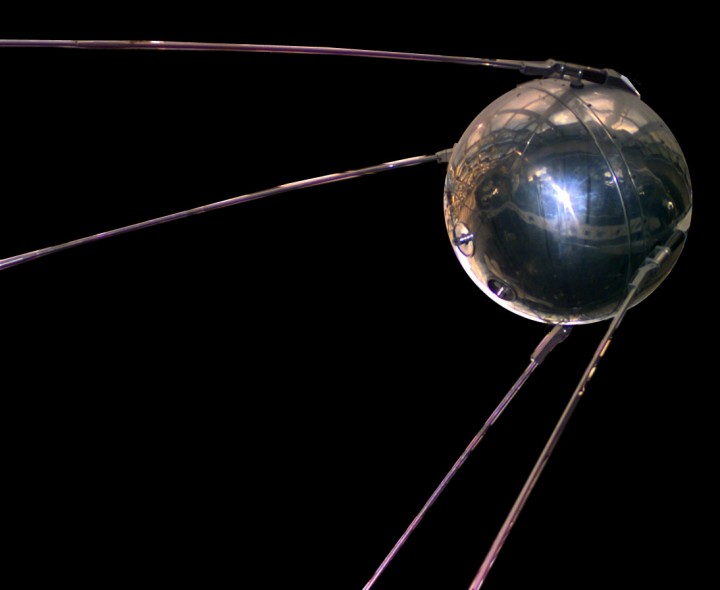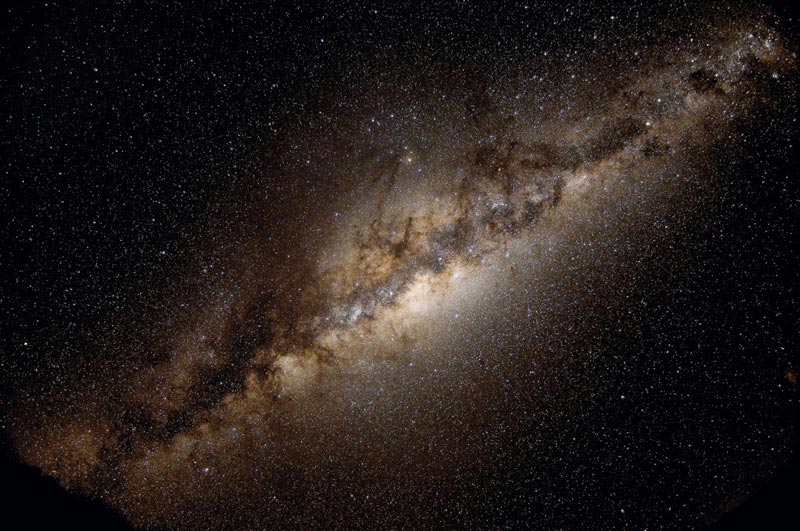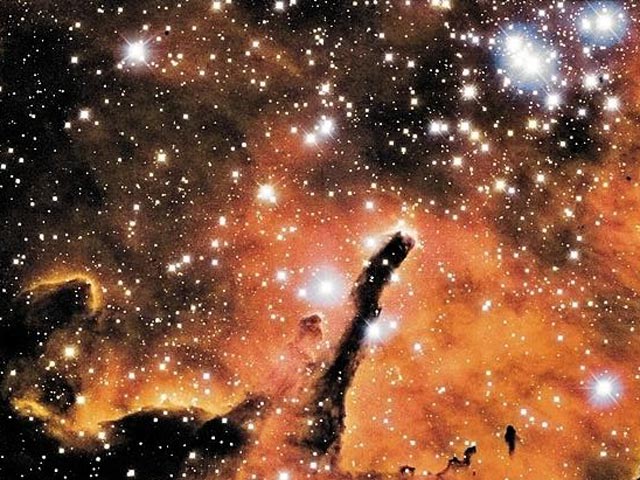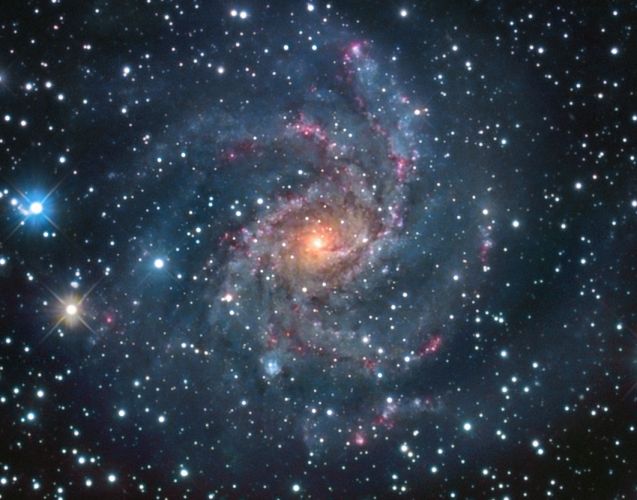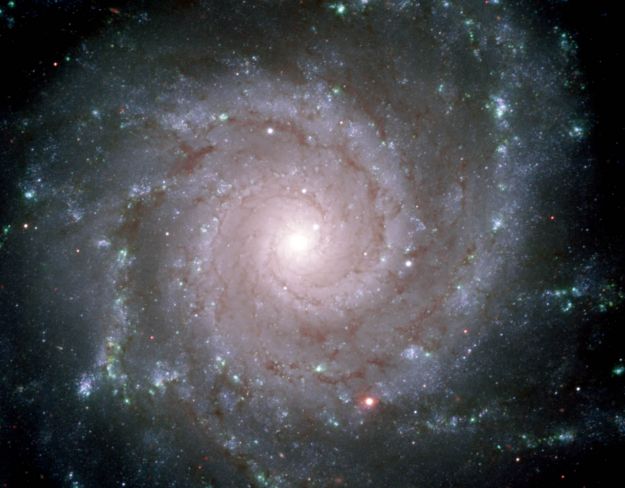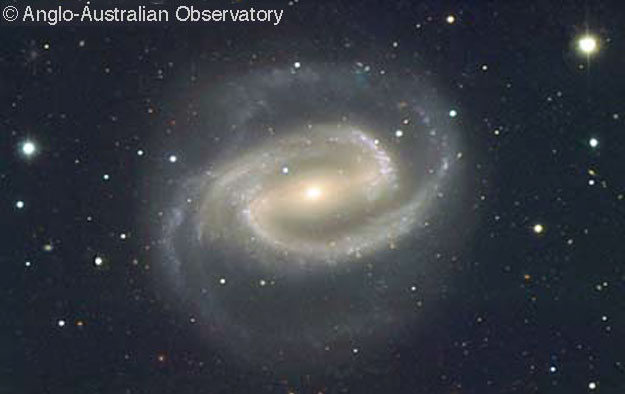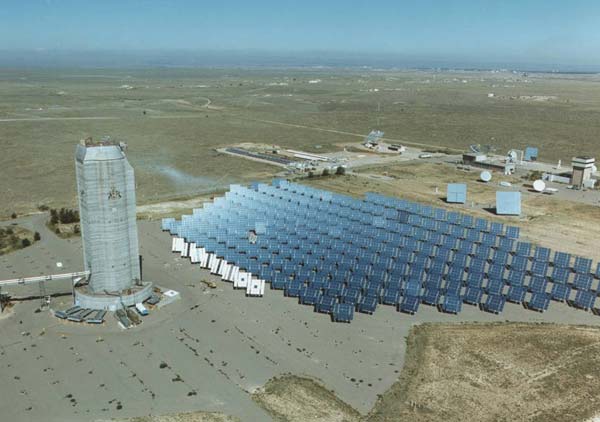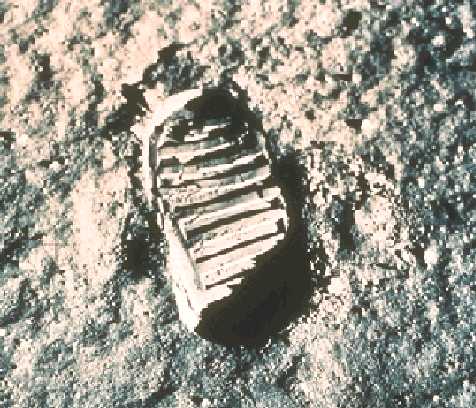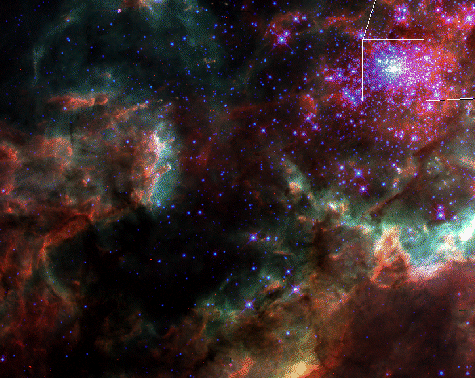[table][tr][td=left]<< Previous[/td][td=center]Index[/td][td=right]Next >>[/td][/tr][/table][/b]
2014
[imghover6=http://apod.nasa.gov/apod/image/1410/ba ... i_web1.jpg]http://apod.nasa.gov/apod/image/1410/ba ... eb_txt.jpg[/imghover6]Image Credit & Copyright: Tamas Ladanyi (TWAN)
2013 The bright core and outer reaches of giant elliptical galaxy M60 (NGC 4649) loom large at the upper left of this sharp close-up from the Hubble Space Telescope. Some 54 million light-years away and 120,000 light-years across, M60 is one of the largest galaxies in the nearby Virgo Cluster. In cosmic contrast, the small, round smudge at picture center is now recognized as an ultra-compact dwarf galaxy. Cataloged as M60-UCD1, it may well be the densest galaxy in the nearby universe. Concentrating half of its total mass of 200 million suns into a radius of only 80 light-years, stars in the inner regions of M60-UCD1 are on average 25 times closer together than in planet Earth's neighborhood of the Milky Way. Exploring the nature of M60-UCD1, astronomers are trying to determine if ultra-compact dwarf galaxies are the central remnants of larger galaxies that have been tidally stripped by gravitatonal encounters, or evolved as massive globular star clusters. Recently discovered, a bright X-ray source seen at its center could be due to a supermassive black hole. If so, that would favor a remnant galaxy origin for M60-UCD1.
2012 A mere seven hundred light years from Earth, in the constellation Aquarius, a sun-like star is dying. Its last few thousand years have produced the Helix Nebula (NGC 7293), a well studied and nearby example of a Planetary Nebula, typical of this final phase of stellar evolution. A total of 58 hours of exposure time have gone in to creating this deep view of the nebula. Accumulating narrow band data from emission lines of hydrogen atoms in red and and oxygen atoms in blue-green hues, it shows remarkable details of the Helix's brighter inner region, about 3 light-years across, but also follows fainter outer halo features that give the nebula a span of well over six light-years. The white dot at the Helix's center is this Planetary Nebula's hot, central star. A simple looking nebula at first glance, the Helix is now understood to have a surprisingly complex geometry.
2011 This communication was not meant for human eyes. It was not even meant for aliens eyes. It's an attempt to communicate directly with your smartphone. Cameras on many smartphones can image the above Quick Response (QR) code and then common applications can tell you what it means. Sometimes the deciphered code will reveal a web site address, prompting the smartphone to then ask you if you want to access this address to learn more about the object. QR codes are two-dimensional analogs of bar codes that can be scanned in any orientation and tolerate several types of errors. These codes are being used increasingly as doors between real objects and web-based information about those objects, and so are popping up increasingly in unexpected places. Anyone can create a QR code from any of several free online services, print it out, and affix it to an object. Although not meant to communicate with aliens, QR codes employ several attributes common to famous alien communication attempts. Can you -- or a local smartphone -- figure out what the above QR code means?
2010 You stare out across the rocky plains of Mars. Before you, in every direction, is dark sand and bright rock. Although little has changed here for millions of years, no one has ever seen this view before. You are being sent on a long journey to a distant crater, the largest crater in the region. Your human overlords back on planet Earth wonder if the impact that created this distant crater might have also uncovered unique clues to the distant past of Earth's neighboring planet, clues that might reveal if life ever existed here. Breaking the monotony, visible toward the image center, an unusual rock sticks out from the landscape. Quite possibly, this rock is not from this world, and you divert to inspect it. You are the robotic Opportunity rover, and you are the eyes for countless humans following your trek back on planet Earth. Rolling about a football field a day, you might reach Endeavour crater sometime in 2012. If you survive.
2009 Are square A and B the same color? They are. Are too. To verify this, click here to see them connected. The above illusion, called the same color illusion, illustrates that purely human observations in science may be ambiguous or inaccurate. Even such a seemingly direct perception as relative color. Similar illusions exist on the sky, such as the size of the Moon near the horizon, or the apparent shapes of astronomical objects. The advent of automated, reproducible, measuring devices such as CCDs have made science in general and astronomy in particular less prone to, but not free of, human-biased illusions.
2008 On September 29, this magnificent eruptive solar prominence lifted away from the Sun's surface, unfurling into space over the course of several hours. Suspended in twisted magnetic fields, the hot plasma structure is many times the size of planet Earth and was captured in this view by the Sun-watching STEREO (Ahead) spacecraft. The image was recorded in extreme ultraviolet light emitted by ionized Helium, an element originally identified in the solar spectrum. Seen against the brilliant solar surface in visible light, such prominences appear as dark filaments because they are relatively cool. But they are bright themselves when viewed against the blackness of space, arcing above the Sun's edge. A video of the eruption (a 2.6MB .mov file) is available here.
2007 Sputnik means "traveling companion". Despite the innocuous sounding name, the launch of planet Earth's first artificial moon, Sputnik 1, by the Soviet Union on October 4, 1957, changed the world and set in motion events which resulted in the creation of NASA and the race to the Moon. Sputnik 1 was a 184 pound, 22 inch diameter sphere with four whip antennas connected to battery powered transmitters. The transmitters broadcast a continuous "beeping" signal to an astounded earthbound audience for 23 days. A short month later, on November 3, the Soviet Union followed this success by launching a dog into orbit aboard Sputnik 2.
2006 A newly discovered comet has brightened enough to be visible this week with binoculars. The picturesque comet is already becoming a favored target for northern sky imagers. Pictured above just last week, Comet SWAN showed a bright blue-green coma and an impressive tail. Comet C/2006 M4 (SWAN) was discovered in June in public images from the Solar Wind Anisotropies (SWAN) instrument of NASA and ESA's Sun-orbiting SOHO spacecraft. Comet SWAN, near magnitude six, will be visible with binoculars in the northeastern sky not far from the Big Dipper over the next few days before dawn. The comet is expected to reach its peak brightness this week. Passing its closest to the Sun two days ago, Comet SWAN and will be at its closest to the Earth toward the end of this month. Comet SWAN's unusual orbit appears to be hyperbolic, meaning that it will likely go off into interstellar space, never to return.
2005 The disk of our Milky Way Galaxy is home to hot nebulae, cold dust, and billions of stars. This disk can be seen from a dark location on Earth as a band of diffuse light across the sky. This band crosses the sky in dramatic fashion in the above series of wide angle sky exposures from Chile. The deepness of the exposures also brings to light a vast network of complex dust filaments. Dust is so plentiful that it obscures our Galaxy's center in visible light, hiding its true direction until discovered by other means early last century. The Galactic Center, though, is visible above as the thickest part of the disk. The diffuse glow comes from billions of older, fainter stars like our Sun, which are typically much older than the dust or any of the nebulae. One particularly photogenic area of darkness is the Pipe Nebula visible above the Galactic Center. Dark dust is not the dark matter than dominates our Galaxy -- that dark matter remains in a form yet unknown.
2004 Star cluster NGC 6823 is ready for its close-up. The center of the open cluster, visible on the upper right, formed only about two million years ago and is dominated in brightness by a host of bright young blue stars. Outer parts of the cluster, visible above in the image center as the stars and pillars of emission nebula NGC 6820, contain even younger stars. The huge pillars of gas and dust likely get their elongated shape by erosion from hot radiation emitted from the brightest cluster stars. Striking dark globules of gas and dust are also visible across the bottom of this image by the 25 year old Canada France Hawaii Telescope. Open star cluster NGC 6823 spans about 50 light years and lies about 6000 light years away toward the constellation of Vulpecula (The Fox).
2003 This x-ray image of the Moon was made by the orbiting ROSAT (Röntgensatellit) Observatory in 1990. In this digital picture, pixel brightness corresponds to x-ray intensity. Consider the image in three parts: the bright hemisphere of the x-ray moon, the darker half of the moon, and the x-ray sky background. The bright lunar hemisphere shines in x-rays because it scatters x-rays emitted by the sun. The background sky has an x-ray glow in part due to the myriad of distant, powerful active galaxies, unresolved in the ROSAT picture but recently detected in Chandra Observatory x-ray images. But why isn't the dark half of the moon completely dark? New Chandra results also suggest that a few x-rays only seem to come from the shadowed lunar hemisphere. Instead, they originate in Earth's geocorona or extended atmosphere which surrounds the orbiting x-ray observatories.
2002 From our vantage point in the Milky Way Galaxy, we see NGC 6946 face on. The big beautiful spiral galaxy is located just 10 million light-years away, behind a veil of foreground stars in the high and far-off constellation of Cepheus. Looking from the bright core outward along the loose, fragmented spiral arms, the galaxy's colors show a striking change from the yellowish light of old stars in the galaxy's center to young blue star clusters and reddish star forming regions. NGC 6946 is also bright in infrared light and rich in gas and dust, exhibiting a high star birth and death rate. In fact, during the 20th century, at least six supernovae, the death explosions of massive stars, were discovered in NGC 6946. In this sharp composite color digital image, a small barred structure is just visible at the gorgeous galaxy's core.
2001 If not perfect, then this spiral galaxy is at least one of the most photogenic. An island universe of about 100 billion stars, 30 million light-years away toward the constellation Pisces, NGC 628 or M74 presents a gorgeous face-on view to earthbound astronomers. Classified as an Sc galaxy, the grand design of M74's graceful spiral arms traced by bright blue star clusters and dark cosmic dust lanes, is similar in many respects to our own home galaxy, the Milky Way. Recorded with a 28 million pixel detector array, this impressive image celebrates first light for the Gemini Multi-Object Spectrograph (GMOS), a state-of-the-art instrument now operational at the 8-meter Gemini North telescope. The Gemini North Observatory gazes into the skies above Mauna Kea, Hawaii, USA, while its twin observatory, Gemini South, is scheduled to begin operations later this year from Cerro Pachón in central Chile.
2000 NGC 1300 is a large spiral galaxy that appears as a flattened figure eight. A huge bar that spans over 150,000 light-years across the galaxy center dominates its appearance. The picturesque galaxy lies about 75 million light-years distant, so that light that we see now left during the age of the dinosaurs. Although it is well known how fast different parts of NGC 1300 rotate, the specific orbits of many component stars -- including how they interact with the gigantic bar -- remains a topic of research. Our own Milky Way Galaxy is a spiral galaxy with a less prominent bar. NGC 1300 can be seen with a small telescope towards the constellation of Eridanus.
1999 Even the largest of modern optical telescopes are small when compared with the light gathering power of the Central Receiver Test Facility (CRTF) located in New Mexico, USA. CRTF has 220 mirrors each over 7-meters in diameter all focused on a single tower. CRTF's main use is to investigate methods of collecting and using solar power. CRTF does not create focussed sky images like a normal astronomical telescope, but collects light from a much larger area. Recently, astronomers with the STACEE project have begun using CRTF to collect secondary light emitted when high-energy gamma rays strike the Earth's atmosphere. Photons in this range might allow further exploration of enigmatic gamma ray burst explosions, and might be emitted when cosmic rays from supernovae impact gas clouds in the interstellar medium.
1998 On July 20th, 1969, a human first set foot on the Moon. Pictured above is the first lunar footprint. The footprint and distinction of the first person to walk on the Moon belong to Neil Armstrong. It has been estimated that one billion people world-wide watched Armstrong's first step - making the live transmission from a camera mounted on the lunar lander one of the highest rated television shows ever. Upon setting foot on the moon, Armstrong said: "That's one small step for (a) man, one giant leap for mankind." The Apollo missions to the Moon have been described as the result of the greatest technological mobilization the world has known.
1997 In the center of 30 Doradus lies a huge cluster of the largest, hottest, most massive stars known. The center of this cluster, known as R136, is boxed in the upper right portion of the above picture. The gas and dust filling the rest of the picture is predominantly ionized hydrogen from the emission nebula 30 Doradus. R136 is composed of thousands of hot blue stars, some about 50 times more massive than our Sun. 30 Doradus and R136 lie in the LMC - a satellite galaxy to our own Milky Way Galaxy. Although the ages of stars in R136 cause it to be best described as an open cluster, R136's density will likely make it a low mass globular cluster in a few billion years.
1996 Does an old, red globular cluster have any hot, blue stars? The rightmost picture, taken by the Ultraviolet Imaging Telescope in ultraviolet light, shows that indeed it does. Pictured, Omega Centauri is the largest known globular cluster in our Galaxy, containing well over a million stars. Many of these stars are evident in the visible light photograph on the left. When photographed in ultraviolet light, however, different and less numerous stars emerge, as evident on the photograph on the right. Most of these stars are thought to have evolved past the current stage of our Sun. These stars no longer fuse hydrogen to helium in their core but rather fuse helium into carbon. These stars will soon shed their outer envelopes and end up as smoldering carbon embers known as white dwarf stars.
1995 Our Sun is really very hot. The Sun's outer atmosphere is so hot that it emits much light in the X-ray band, which was unexpected. X-rays are usually emitted from objects having a temperature in the millions of degrees, not the mere thousands of degrees of the Sun's surface. The above X-ray picture shows the Sun one particularly active day in August of 1992. Evident are hot spots on the solar surface, showing that areas above the Sun's surface really do reach millions of degrees. But possibly more puzzling is the broader X-ray glow visible surrounding the Sun. This glow is now attributed to the Sun's X-ray corona, the origin of which is currently a subject of much discussion and debate. The Sun is one of the most photographed objects, with frequently updated pictures available over the WWW. In fact, an X-ray picture from Yohkoh taken earlier today is usually available over the WWW. Compare it to the above picture!
| << Previous | Index | Next >> |
